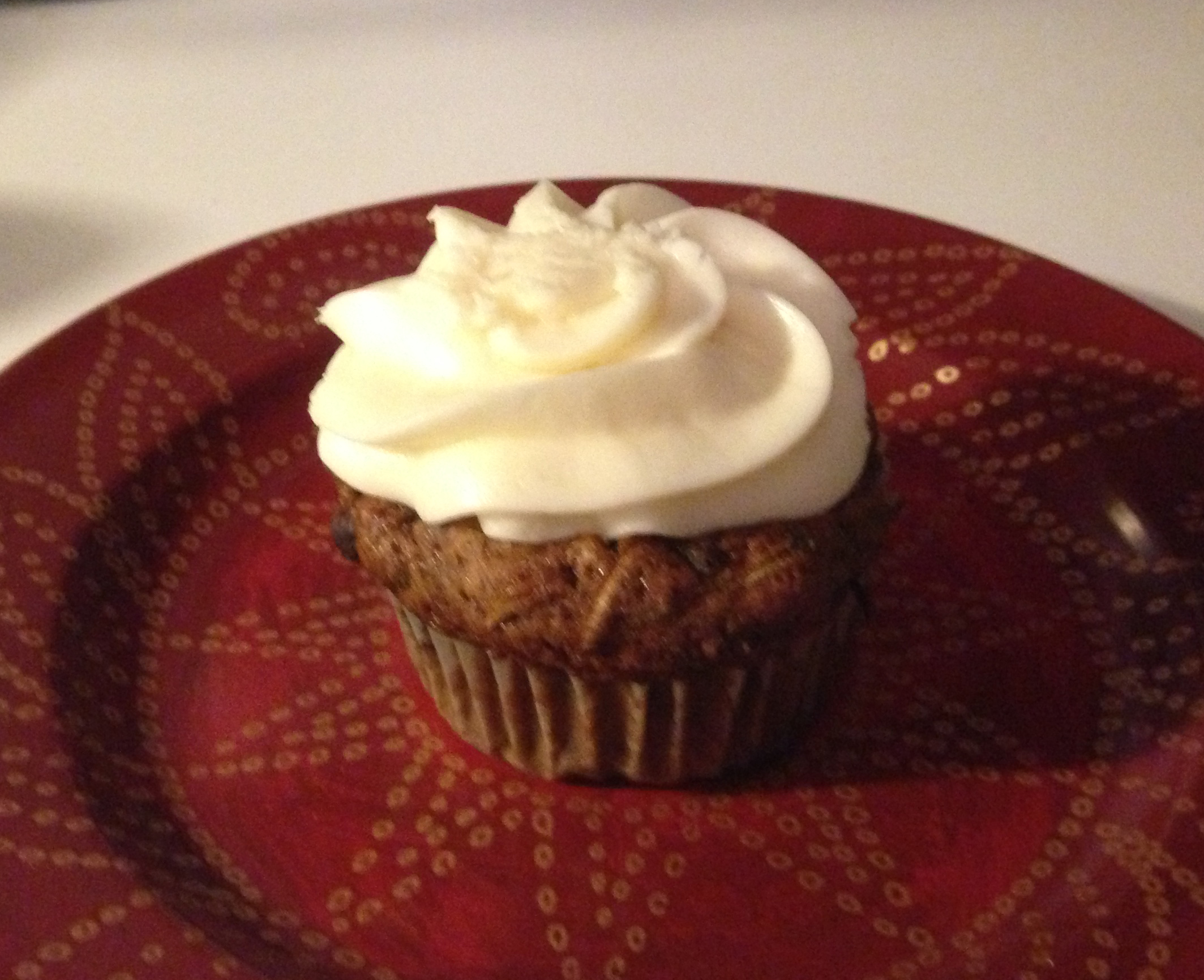Growing up in the South means backyard gardens throughout the poorest and poshest of neighborhoods. In Virginia, that especially means backyard tomatoes on any scrap of land you can find, but it also means backyard summer squash, because squash – yellow crookneck, zucchini, patty-pan, or heirloom globe – is easy.
It’s easy for everyone, that is, except me.
I’ve tried growing every variety in the squash and melon family. The seeds jump up quickly, spread out in long, sticky vines; and develop enormous, heart-shaped leaves. They cover themselves with beautiful yellow blooms that the bees enjoy and pretty soon, I’ve got baby squash, cucumbers, and cantaloupe peeking from behind gorgeous foliage that makes any gardener proud.
Then powdery mildew sets in.
No matter where I plant them, no matter what fungicide I use, powdery mildew sucks the plant dry at the base and my beautiful babies rot on the vine. I grow eggplant, tomatoes, peppers, cabbage, kale, collards, and pole beans – in the same place – and no mildew. But the squash? Dead on arrival.
That does not mean I go without during the summer. Squash is 99¢ a pound at the grocery store. Farmer’s markets are flooded with green and yellow varieties from June until October. And my fungi-free neighbors always drop off a bag or two of black or golden beauties. With so many summer squashes out there, we’ve got a lot of room for creative cooking!
My favorite way to cook summer squash of any variety is my Summer Squash Saute: Grate as much squash as you think you’ll eat – usually this is about 2 small squashes per person, but you never know – you could be a three or four squash per person eater. I use a food processor with the grate attachment because it’s fast and easy. Put the squash in a colander set on a plate and sprinkle generously with salt. Let the squash sit for 20 minutes or so to extract as much moisture as possible. Next, heat some olive oil in a frying pan over medium-high heat. A handful at a time, squeeze as much water out of the squash as you can, then place the handful into the hot oil, carefully, so as not to get splashed. Let the squash cook down until it begins browning and reduce the heat so it doesn’t burn. It will look a bit like squash hash browns when it’s ready to eat. Some folks add onions and some add a bit of brown sugar while cooking, but I like them straight up, with a Hanover tomato slice right next to them on the plate.
Another great way to use up excess squash is in cakes, brownies, and breads. This works great with fresh squash or squash you’ve frozen from the summer before. I ran across a great recipe in Epicurious for Zucchini Cupcakes and here’s my gluten free version of them:
Chocolate Chip Zucchini Cupcakes with Cream Cheese Frosting
(makes 12 cupcakes)
1.5 cups gluten free flour (I use Bob’s Red Mill)
1/2 Tbsp. xanthan gum
2 Tbsp. cocoa
1/2 tsp cinnamon
3/4 tsp baking soda
1/2 tsp baking powder
1/4 tsp salt
3/4 cup plus 2 Tbsp sugar
1/2 cup vegetable oil
1 large egg
1 tsp vanilla
1/2 – 3/4 cup milk
1 cup (packed) grated zucchini
6 oz. semisweet chocolate chips
Preheat oven to 350 degrees.
Mix the first seven ingredients in a medium bowl and set aside. Using a mixer, beat the sugar, oil, egg, and vanilla until thick and creamy. Starting with the dry ingredients, alternate adding them with 1/2 cup milk, beating between additions. Batter will be thick. Add extra milk as needed to give batter a good “dropping consistency.” Stir in zucchini and chocolate chips with a spoon.
Divide batter among lined muffin cups and bake until the tops spring back when lightly pressed, 30-35 minutes. Cool completely before frosting.
Cream Cheese Frosting: Beat together one stick of softened butter with 8 oz of softened cream cheese until smooth and creamy. Add 1 tsp vanilla and blend. With mixer on low, gradually add confectioner’s sugar until it is a thick, soft spreading consistency. This is usually between 3-4 cups, depending on the weather. Humidity and temperature can affect the process. If you over-do and the frosting becomes too thick, add a bit of milk or cream to thin it out.
Feel free to experiment with squashes other than zucchini for this recipe – even some of the winter varieties! After all, with so many squashes out there, experimenting is encouraged!



Average Rating